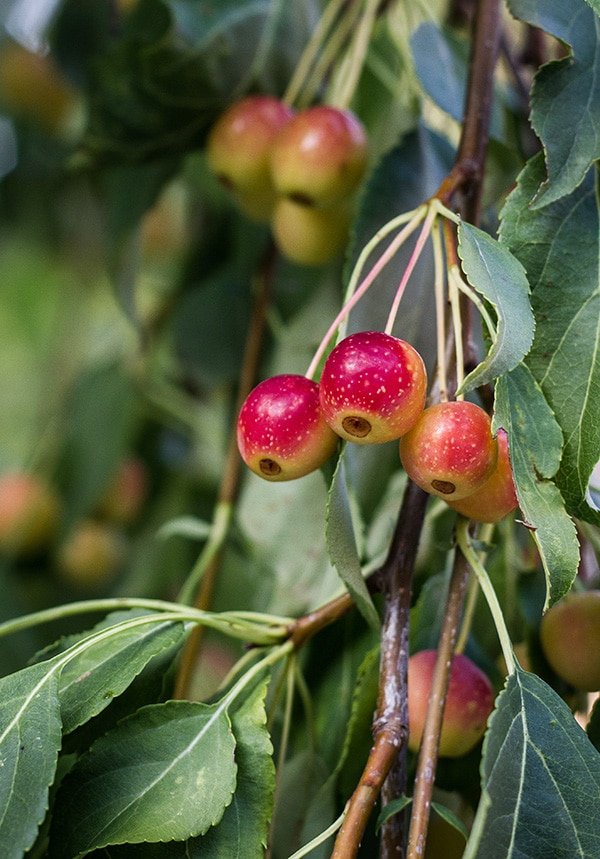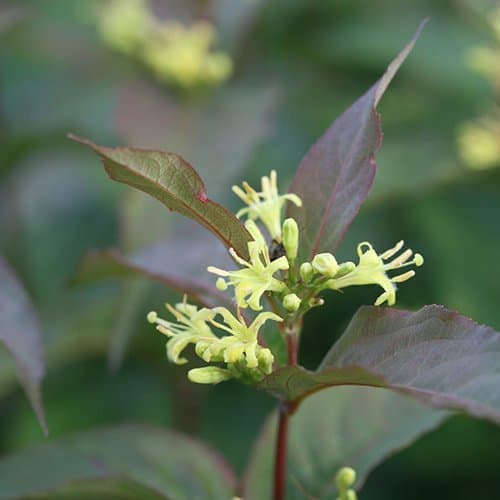Now that temperatures are beginning to drop, it’s more pleasant to be out in the garden. It’s a good thing, too, because there’s lots to do. Tasks that can be accomplished in the fall mean fewer to do in the spring. Well, that’s the plan.
- “5 lawn tips for late fall” outlines a few tasks that will prepare your turf grass for the winter.
- Generally, planting spring-flowering bulbs isn’t complicated, but “Bulb planting tips” suggests a few steps to discourage squirrels from undoing all of your good work, along with recommended planting depths for different bulbs.

- At this time of year, plants begin to look a little ragged with mildew, spots, crispy leaves, etc. Not every unsightly leaf is worth worrying about. “Fall leaf diseases” offers a rundown of what to ignore and what may be of concern.

Resilient plants
When people reflect on the past 18 months, the word “resiliency” often comes up. It’s an admirable, useful trait and one that can be applied to plants, too. Resilient plants are those that tolerate a wide range of soil and climate conditions as well as offer other benefits, such as the ability to deter pests and attract pollinators, or offer four seasons of interest. Colleen Zacharias, columnist for the Winnipeg Free Press, outlines a half dozen of her favourites in “Multitasking in the garden.” One I’m unfamiliar with is diervilla, a compact, drought-resistant, hardy shrub with small, yellow tubular flowers in summer and orange-red fall colour. It’s native to North America, usually untouched by deer, and grows in sun or shade, and moist or dry soil. What’s not to like?
